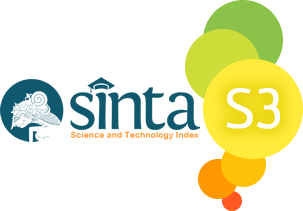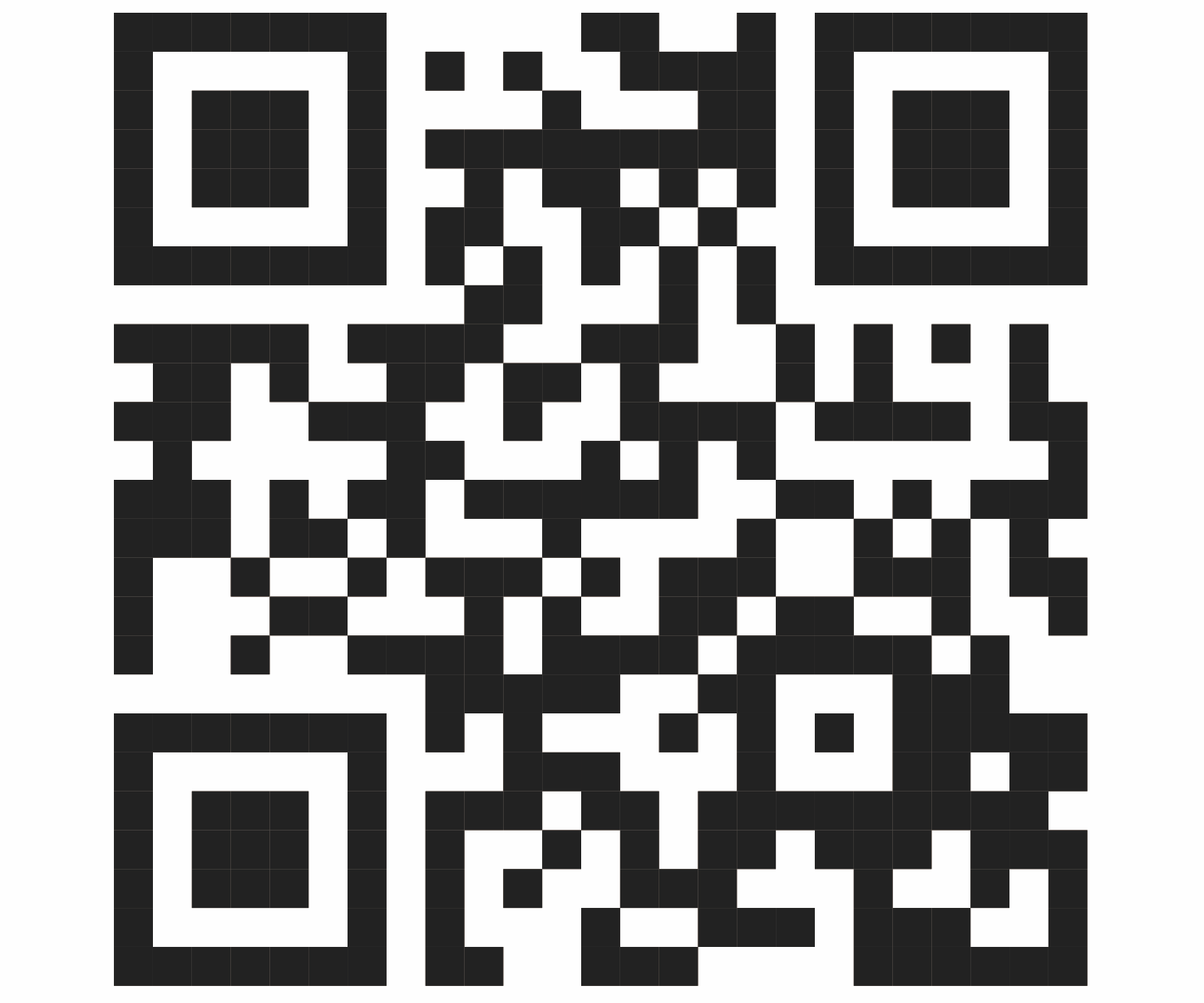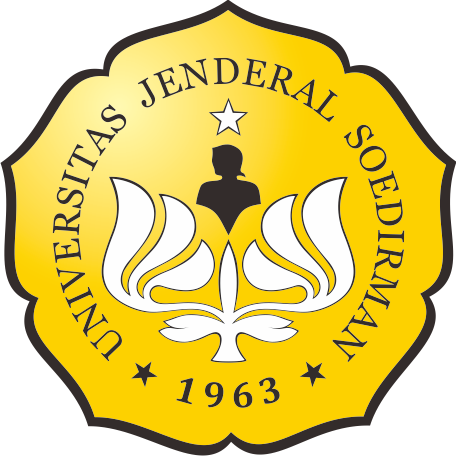KEPERCAYAAN LOKAL DAN KONSERVASI: TITIK TEMU ANTARA STARTEGI TRADISIONAL DAN MODERN DALAM KONSERVASI DAN PENGELOLAAN SUMBERDAYA DI PULAU SUMBA
Abstract
Kepercayaan lokal adalah salah satu jembatan yang menghubungkan antara pengetahuan yang ada di masyarakat dengan management pengelolaan kawasan konservasi, melalui Sacred site yang terbukti masih tetap lestari dan dijaga secara kolektif. Sacred site adalah wujud dari ekspresi kepercayaan lokal terhadap kekuatan adikodrati. Di tempat ini, jatidiri dan identitas kepercayaan ditambatkan. Mempertimbangkan efektifitas dalam menjaga kawasan maka negara, melalui aktor yang ada di dalamnya, mengadopsi system tersebut untuk diterapkan dalam management lingkungan. Artikel ini akan menunjukkan bahwa kepercayaan tradisional masyarakat dalam mengelola lingkungan bisa digunakan sebagai optik dan jembatan dalam melihat dan mengatasi dikotomi antara modern-tradisional dan alam-manusia. Tidak ada yang tradisional dan tidak ada yang modern.
Keywords
References
Adams M. 1971. History in a Sumba Myth. Asian Folklore Studies, Vol. 30, No. 2 (1971), pp. 133-139
Antweiler C. 1998. Local Knowledge and Local Knowing. An Anthropological Analysis of Contested "Cultural Products' in the Context of Development. Anthropos Bd. 93, H. 4./6. (1998), pp. 469-494.
Atran S. 1998. Folk Biology and the Anthropology of Science: Cognitive Universals and Cultural Particulars. Brain and Behavioral Sciences 21(4):547–69.
Bicker A, Sillitoe P, Pottier J. 2004. Development and Local Knowledge: New Approeches to Issues in Natural Resources Management, Conservation and Agriculture. Routledge. London
Borofsky R. 1994. “On the Knowledge and Knowing of Cultural Activities”. Dalam Borofsky, (ed). Assessing Cultural Anthropology. McGraw-Hill. New York
Corrigan P. 1994. “State Formation”, in Joseph, Gilbert, M dan Daniel Nugent. (eds.). Everyday Forms of State Formation: Revolution and the Negotiation of Rule in Mexico. Duke University Press. Durham and London.
Descola P. 2013. Beyond Nature and Culture. Diterjemahkan oleh Janet Llyod. Universitas Chicago
Dove MR, Carol C (Eds.). 2008. Environmental Anthropology: A Historical Reader.
Eliade M. 1956. The Sacred and Profane: The Nature of Religion. Translated from the French by Willard R. Trask. A Harvest Book Harcourt, Brace & World, Inc. New York
Forth G. 1983. Time and Temporal Classification in Rindi, Eastern Sumba. Bijdragen tot de Taal-, Land- en Volkenkunde, Deel 139, 1ste Afl., Antropologica XXV (1983), pp. 46-80
Githae JK. 2009. “Potential of TK for Conventional Therapy – Prospects and Limits” in Kamau, Evanson C. & Gerd Winter (Eds.). 2009. Genetic Resources, Traditional Knowledge and the Law: Solutions for Access and Benefit Sharing. Earthscan. UK and USA (p 77-100)
Hamer KC, Hill JK, Lace LA, Langan AM. 1997. Ecological and Biogeographical Effects of Forest Disturbance on Tropical Butterflies of Sumba, Indonesia. Journal of Biogeography, Vol. 24, No. 1 (Jan., 1997), pp. 67-75
Hansen TB, Finn S. 2001. “Introduction: States of Imagination” dalam State of Imagination: Ethnographic Explorations of the Postcolonial State. Duke University Press. Durhan and London
Hirsch E, O'Hanlon M. 1995. The Anthropology of Landscape: Perspectives on Space and Place. Oxford: Clarendon Press
Hok LS. 1958. Traditional Housing in Sumba, Indonesia. Ekistics, Vol. 6, No. 38, pp. 281-285
Hoskins J. 1989. On Losing and Getting a Head: Warfare, Exchange, and Alliance in a Changing Sumba, 1888-1988. American Ethnologist, Vol. 16, No. 3 (Aug., 1989), pp. 419-440.
Hull MS. 2008.“Ruled by records: The expropriation of land and the misappropriation of lists in Islamabad”. American Ethnologist, Vol. 35, No. 4, pp. 501–518
Hull MS. 2012. “Documents and Bureaucracy”. Annu. Rev. Anthropol. 41:251–67
Kapita UH. 1976. Masyarakat Sumba dan Adat Istiadatnya, BPK Gunung Mulia, Jakarta.
Kapita UH. 1976. Sumba di dalam Jangkauan Jaman. Jakarta, BPK Gunung Mulia.
Keane W. 1995. The Spoken House: Text, Act, and Object in Eastern Indonesia.. American Ethnologist, Vol. 22, No. 1 (Feb., 1995), pp. 102-124.
Leyloh Y, Yetti AH. 2007. “Identitas Penganut Merapu Berhadapan dengan Gereja dan Program Pariwisata”. Tesis. Universitas Sanata Darma. Yogyakarta.
Massey D. 2005. For Space. Sage Publishing. London & New York
Posey DA. 2002. Kayapó Ethnoecology and Culture. Routledge. London and New York
Shoreman EE, Haenn N. 2009. ”Regulation,Conservation, and Collaboration: Ecological Anthropology in the Mississippi Delta”, Human Ecology 37: 95-107.
Soedjito H, Sukara E. 2006. “Mengilmiahkan Pengetahuan Tradisional: Sumber Ilmu Masa Depan Indonesia”. Dalam Kearifan Tradisional Cagar Biosfer di Indonesia. Prosiding Piagam MAB 2005 untuk Peneliti Muda dan Praktisi Lingkungan di Indonesia. Jakarta: Lembaga Ilmu Pengetahuan Indonesia dan Komite Nasional Man and the Biosphere.
Soedjito H, Purwanto Y, Sukara E (eds.). 2007. Situs Kemarat Alami: Peran Budaya dalam Konservasi Keanekaragaman Hayati. Yayasan Obor Indonesia. Jakarta
Soeriadiredja P. 2002. "Marapu: Agama Asli Orang Umalulu di Sumba Timur”. Denpasar: LABANT – FS UNUD.
Soeriadiredja P, 1983. Simbolisme dalam Desain Kain di Watu Puda, FS-Unpad, Bandung.
Soeriadiredja P. 2013. “Marapu: Konstruksi Identitas Budaya Orang Sumba, NTT”. ANTROPOLOGI INDONESIA Vol. 34 No. 1 2013
Sumba Timur. 2016. http://www.sumbatimurkab.go.id/kondisi-geografi.html diakses pada tanggal 08 September 2016
Susetyo HL. 2014. Zonasi Taman Nsional Laiwanggi-Wanggameti, Kabupaten Sumba Timur, Provinsi Nusa Tenggara Timur. Laporan Kegiatan. Taman Nasional Laiwanggi-Wanggameti
Tipa G, Welch R.2006. “Comanagement of Natural Resources: Issues of Definition From an Indegenous Perspective”. The Journal of Applaied Behavioral Science, Vol. 42 No. 3 pp 373-391
Toha K. 2007. The struggle over land rights; A study of indigenous property rights in Indonesia. PhD dissertation. Seattle: University of Washington.
Vel J, Makambombu S. 2009. Access in Land Disputes Arising in the Context of the Commercialization of Agriculture in Sumba (Nusa Tenggara Timur). Working Paper Access to Justice in Indonesia. Van Vollenhoven Institute, Leiden University
Welker MA. 2009. “Corporate Security in the Community: Mining, the Corporate Social Responsibility Industry and Environmental Advocacy in Indonesia”. Cultural Anthropology 24 (1): 142-179
Widijatmika M, 1980. "Sejarah Pendidikan Daerah Nusa Tenggara Timur", LP Undana, Kupang.
Wiyanto T. 2016. Mata Air keramat di kelompok hutan Wanggabewa. http://www.tawuiresort.org/2013/12/desa-mahaniwa.html diakses pada tanggal 08 September 2016
Yewangoe AA. 1980. Korban dalam Agama Merapu. Majalah Peninjau Tahun VIII No 4. Jakarta
Article Reads
Total: 3836 Abstract: 3836Refbacks
- There are currently no refbacks.

This work is licensed under a Creative Commons Attribution-ShareAlike 4.0 International License.
This website is maintained by:
Bio Publisher
The Faculty of Biology Publishing
Faculty of Biology
Universitas Jenderal Soedirman
Jalan dr. Suparno 63 Grendeng
Purwokerto 53122
Telephone: +62-281-625865
Email: biologi@unsoed.ac.id
T his website uses:
OJS | Open Journal System
A free journal management and publishing system that has been developed by the PKP (Public Knowledge Project) version 2.4.8.0.
All article content metadata are registered to:
Crossref
An official nonprofit Registration Agency of the International Digital Object Identifier (DOI) Foundation.
Articles in this journal are indexed by:









